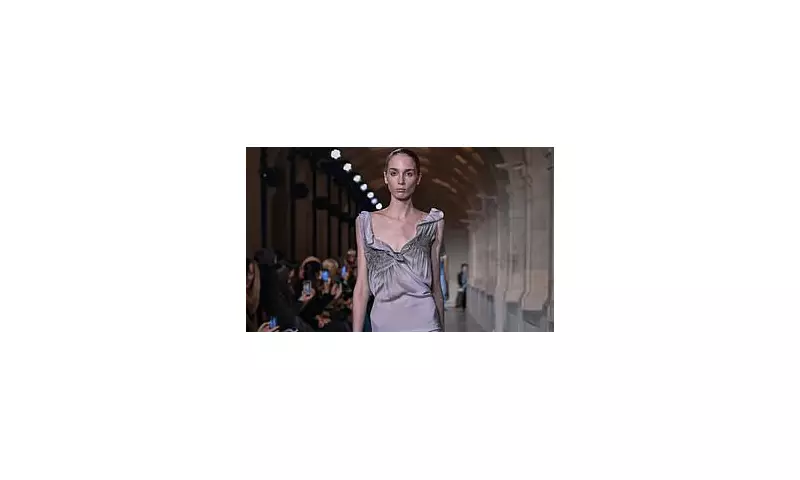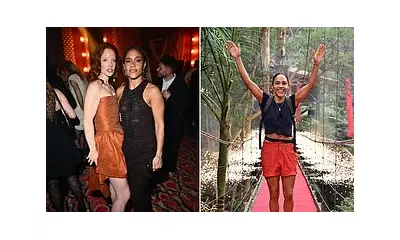
For decades, women have struggled with a frustrating reality: walking into a luxury boutique only to discover nothing fits properly. According to former British Vogue editor Alexandra Shulman, the reason is startlingly simple - the fashion industry remains dominated by men designing for an imaginary female form.
The Great Divide Between Catwalk and Closet
In a revealing analysis, Shulman highlights how prestigious fashion houses continue to produce clothing that fails to accommodate the proportions of real women. "The fundamental problem," she explains, "is that many design rooms are filled with men who have never experienced living in a female body."
The Sample Size Problem
At the heart of the issue lies the industry's obsession with minuscule sample sizes. These prototypes, often equivalent to UK size 6-8, form the basis for entire collections. When designs are scaled up to larger sizes, the proportions frequently become distorted rather than properly adapted.
Shulman notes this creates a ripple effect throughout the industry: "The sample size becomes the holy grail, and everything is designed around it. By the time patterns are graded up for production, the original vision is often lost in translation."
Why High Street Brands Get It Right
Meanwhile, high street retailers like M&S and John Lewis consistently outperform their luxury counterparts in creating flattering, well-fitting clothing. Shulman attributes this success to several key factors:
- Predominantly female design teams who understand women's bodies
- Rigorous fit testing on diverse body shapes
- Practical approach to pattern cutting
- Understanding that women need clothes for real life, not just photographs
The Business Case for Better Fit
Beyond customer satisfaction, there's a compelling commercial argument for improved sizing. Women who find brands that consistently fit well become loyal customers, generating reliable revenue streams. The endless search for well-fitting occasion wear, work attire, and everyday clothing represents a massive untapped market for luxury brands willing to listen.
A Call for Industry Evolution
Shulman's critique serves as a wake-up call to an industry at a crossroads. As body positivity and inclusivity become increasingly important to consumers, fashion houses clinging to outdated sizing practices risk becoming irrelevant.
The solution may lie in diversifying design rooms, rethinking sizing protocols, and most importantly, listening to the women who actually wear the clothes. Until then, the gap between high fashion and real women will continue to widen, leaving luxury brands wondering why their most loyal customers keep heading to the high street.





